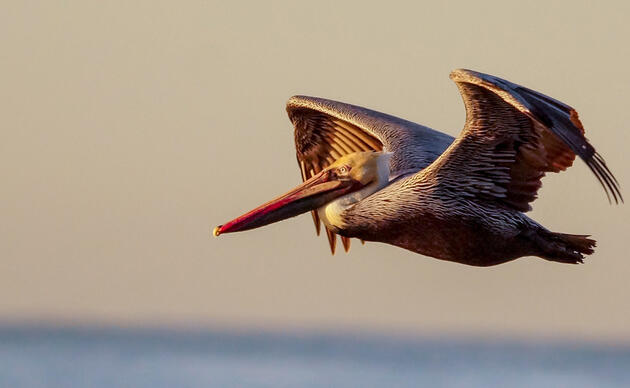Sullivan's Banding

South Carolina’s migratory birds love a particular blend of coastal habitats: maritime forest and scrubland, plus the “ecotones” between them. If the avian biodiversity of this landscape were better documented, it might be easier to protect it from the juggernaut of coastal development.
So for two years, in both spring and fall, Audubon South Carolina measured the abundance and diversity of birdlife at a migratory hot-spot on Sullivan’s Island. It was an intense ten-week commitment that took every waking hour from two biologists, plus several highly-trained volunteers.
We documented and banded more than 2,000 birds, and nearly 80 species. Big numbers, yes — but even more exciting were the moments of discovery along the way.
Ask our biologists about their encounter with an (un)Common Ground-Dove. Or the adult male Northern Harrier that they nabbed against all odds. Or the thousands of iridescent Tree Swallows that swirled down in a perfect vortex, choreographed like a ballet.
Perhaps the most exciting aspect of this project is that 20 years ago a biologist gathered similar data at this same migratory hot-spot. Eventually we should be able to tell if the arrival and departure dates of birds have shifted since then, and how well they’re coinciding with their typical food sources. Which could reveal a lot about the impact of climate change on our state’s migratory birds.
Now the banding station itself is fledging — becoming its own nonprofit. Stay tuned for links and updates!
PROJECT CONTACT: Jennifer McCarthey Tyrrell, jtyrrell@audubon.org.
Sanctuaries
Plan a trip to one of Audubon South Carolina's two wildlife sanctuaries in the state.




